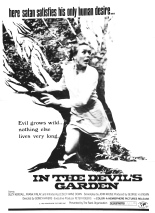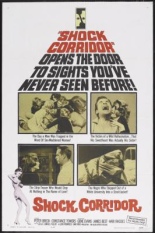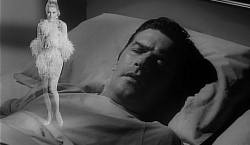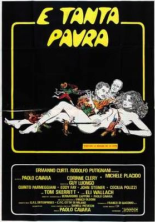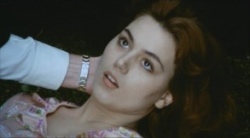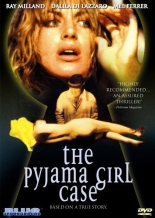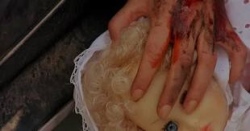
 Edgar Allan Poe, father of the detective story, plays detective in The Raven, neither based on the iconic poem nor a remake of the 1963 Roger Corman adaptation. Instead, the box-office bomb from V for Vendetta director James McTeigue draws on a handful of the master of horror’s work to weave a “what if?” tale depicting his final days.
Edgar Allan Poe, father of the detective story, plays detective in The Raven, neither based on the iconic poem nor a remake of the 1963 Roger Corman adaptation. Instead, the box-office bomb from V for Vendetta director James McTeigue draws on a handful of the master of horror’s work to weave a “what if?” tale depicting his final days.
In 1849 Baltimore, a double homicide is discovered bearing uncanny similarities to the locked-room puzzle of Poe’s “The Murders in the Rue Morgue.” At first, Poe himself (John Cusack) is suspected — then another deadly crime occurs, this one to the razor-sharp tune of “The Pit and the Pendulum.” With Poe helping lead detective (Luke Evans, Immortals) to crack the clues, the case gets awfully personal when Poe’s beloved (Alice Eve, She’s Out of My League) is kidnapped by the killer.
 For Poe fans especially (provided they aren’t purists so picky about many liberties taken), the premise is irresistible, also incorporating elements of “The Masque of the Red Death,” “The Premature Burial,” “The Cask of Amontillado” and “The Tell-Tale Heart.” Cusack portrays Poe as a man whose raging ego is matched only by his alcoholism — a bit over-the-top, but more lively than the expected timid take.
For Poe fans especially (provided they aren’t purists so picky about many liberties taken), the premise is irresistible, also incorporating elements of “The Masque of the Red Death,” “The Premature Burial,” “The Cask of Amontillado” and “The Tell-Tale Heart.” Cusack portrays Poe as a man whose raging ego is matched only by his alcoholism — a bit over-the-top, but more lively than the expected timid take.
The Raven‘s overall effectiveness is clouded by an elongated second act, but production design and costuming are all appropriately Gothic and, therefore, tops. McTeigue appears to have recycled all the obviously CGI blood directly from his equally misunderstood Ninja Assassin. —Rod Lott

